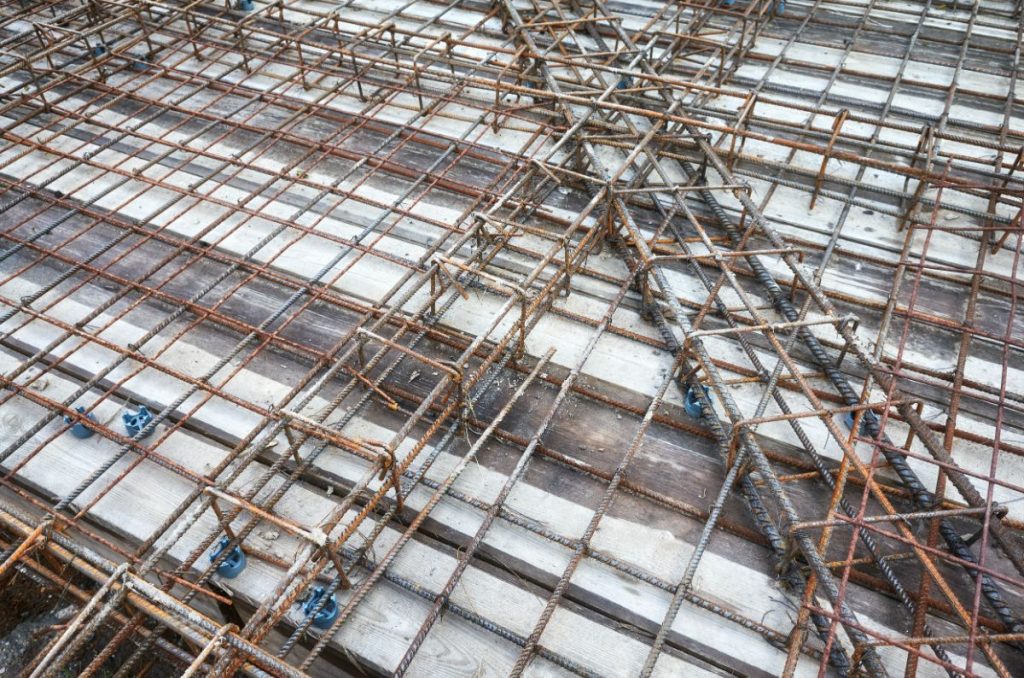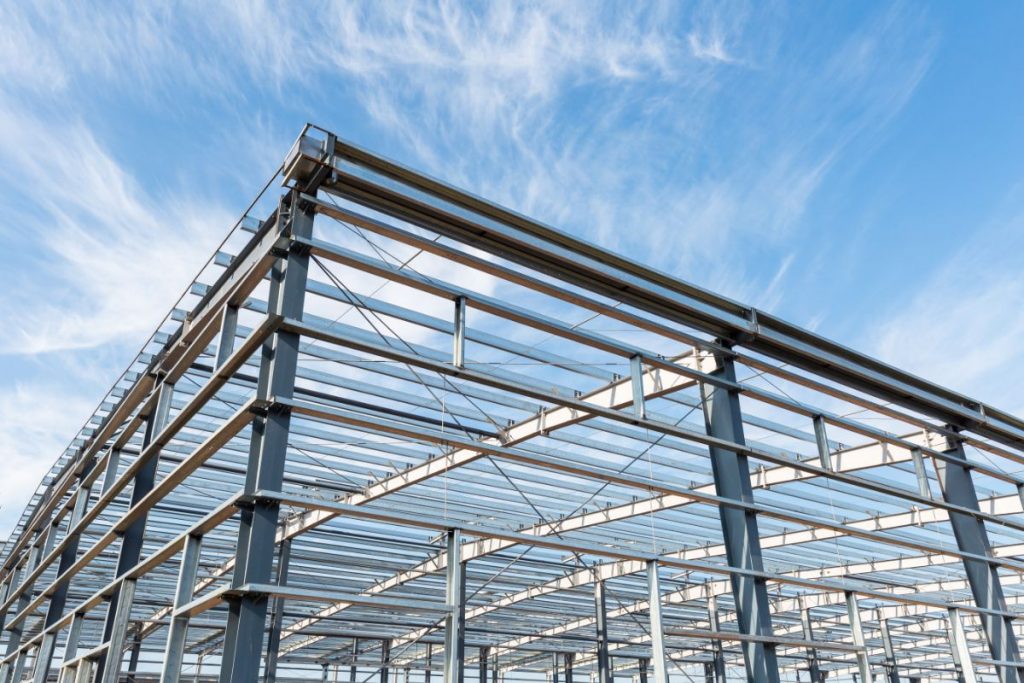What Are the Differences Of Carbon Steel vs Stainless Steel?
What are the differences between carbon steel vs stainless steel?
- Steel composition
- Mechanical properties
- Corrosion resistance
- Appearance
- Cost
- Applications
We seldom consider the differences in steel products. After all, they are all sturdy and perform more or less the same. However, this is a common misconception, as each type and grade of steel offers unique characteristics. Two popular steel choices we have to look at when taking on a metal project are carbon and stainless steel. Though they are both technically steel, they have distinct features. To help you distinguish the two, here are the key differences between carbon steel vs stainless steel:
Steel composition
The two main components of any kind of steel are iron and carbon. Those with higher carbon content tend to be tougher but more brittle, while those with lower carbon content are more ductile.
Other alloying elements such as chromium, molybdenum, nickel, manganese, and silicon are also added to certain kinds of steel to enhance their mechanical properties.
When it comes to carbon steel, they are generally made up of iron and about 0.12-2% carbon. This makes them very hard, allowing them to resist abrasion and withstand significant force before losing their shape. Under carbon steels, there are three categories with varying compositions:
- Low-carbon steel — has less than 0.25% carbon content.
- Medium-carbon steel — has around 0.25-0.6% carbon content and manganese content of 0.6-1.65%.
- High-carbon steel — has around 0.6-1.25% carbon content and 0.3-0.9% manganese content.
Stainless steel, on the other hand, includes iron, carbon, and chromium. The chromium content here is key — it contains at least 10.5% chromium content, which is used to create a passive layer on this kind of steel. The higher the chromium content, the stronger this layer is.
Mechanical properties
While it is difficult to generalize the mechanical properties of carbon steel and stainless steel — since there are many different grades under each one — there are a few commonalities.
As we mentioned, carbon steel tends to be the stronger option due to its carbon content. This material makes them tougher and stiffer than other steels, but it also makes them more brittle and less ductile. Additionally, they are more wear-resistant than stainless steel, and completely safe to handle during manufacturing (unlike other kinds of steel).
Stainless steels, on the other hand, are less strong and durable than carbon steels. But, thanks to their chromium and nickel content, they are more ductile, as well as more heat and cold resistant. They are less likely to break off and fracture under sharp pressure as well.
Corrosion resistance

One of the biggest differences between carbon steel vs stainless steel is their ability to resist corrosion.
We mentioned that stainless steels have a passive layer, courtesy of their chromium content. This passive layer is useful in stopping the rusting reaction in its tracks. Any steel contains iron, which oxidizes when exposed to oxygen in the air — which creates rust. But this passive layer in stainless steel is what attaches itself to oxygen instead, preventing rust from forming.
Thus, this layer creates chromium oxide, which protects the rest of the stainless steel from corrosion.
Appearance
Aesthetics are also something to consider when you’re choosing the right steel material for the job. If the application requires some aesthetic appeal, then this is where stainless steel grades come ahead. They naturally have shiny, polished finishes that are easily cleaned and maintained, which gives them cosmetic value.
But that isn’t to say that carbon steel doesn’t have any aesthetic appeal. While they have a dark and dull finish at first, this is easily rectified. In fact, these steel products can be sanded, polished, painted, or coated to improve their appearance. These finishing operations can give a bright, shiny look similar to that of stainless steel. Plus, these also help prevent carbon steel from tarnishing and rusting.
Cost
Another contrast between carbon steel and stainless steel is their cost differences. While the exact cost will depend on which grade you choose, stainless steel grades are generally priced higher than carbon steel grades.
The cost largely depends on how many alloying elements are included in the steel. Stainless steel grades contain chromium, nickel, manganese, and more — which overall is more than those included in carbon steels. Instead, carbon steels are mostly made from affordable iron and carbon. Hence, the significant difference in costs.
Applications

Carbon steel is a widely used metal. It makes up about 90% of today’s steel use all around the globe. The construction industry in particular uses lots of carbon steel products for manufacturing purposes.
Thanks to its durability, hardness, and force resistance, carbon steel grades are commonly used in the following applications:
- Buildings, roads, railways, and others involving construction and infrastructure
- Automobile parts
- Structural beams
- Steel wires
- Enclosures
- Appliances
Stainless steel is less popular, but still widely used. It’s favored for applications that need its advanced corrosion resistance and attractive finish. These include:
- Medical devices and instruments
- Railings and handrails
- Surgical implements (such as implants)
- Architectural structures (such as statues, cladding, and facades)
- Appliance enclosures or finishes
- Food production equipment and storage units
Key Takeaway
The mentioned factors show all the key differences between carbon steel vs stainless steel, which can help you make an informed decision during your material selection process. Ultimately, the best choice depends on what you need for your particular job.
In need of quality imported steel? Reach out to Metal Exponents today. We are the leading supplier of steel products in the Philippines, run by a team of industry experts and driven by a commitment to provide only the best to our clients. Send us a message today to receive a quote, or learn more about our products.


